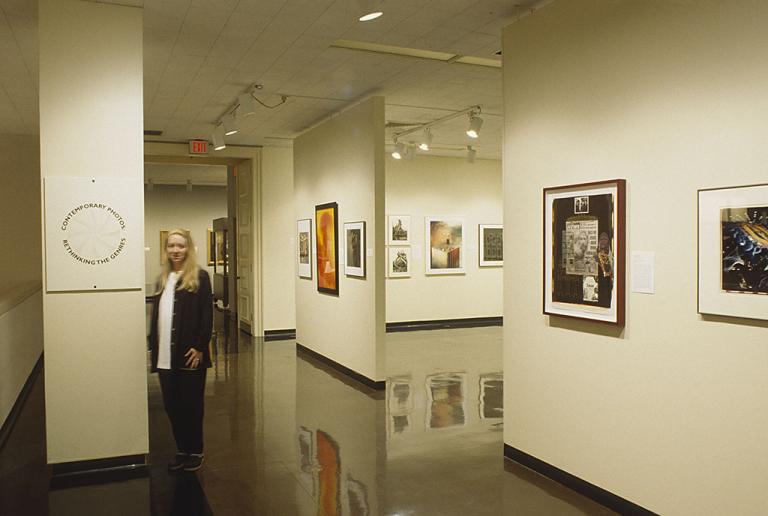Splitting, Gordon Matta-Clark
Artwork Overview
Gordon Matta-Clark, artist
1943–1978
Splitting,
1974–1975
Where object was made: United States
Material/technique: collage; rubber cement; gelatin silver print
Dimensions:
Image Dimensions Height/Width (Height x Width): 512 x 768 mm
Image Dimensions Height/Width (Height x Width): 20 3/16 x 30 1/4 in
Frame Dimensions (Height x Width x Depth): 41 x 31 x 1 1/2 in
Weight (Weight): 18 lbs
Image Dimensions Height/Width (Height x Width): 512 x 768 mm
Image Dimensions Height/Width (Height x Width): 20 3/16 x 30 1/4 in
Frame Dimensions (Height x Width x Depth): 41 x 31 x 1 1/2 in
Weight (Weight): 18 lbs
Credit line: Museum purchase: Elmer F. Pierson Fund, Terry and Sam Evans Fund
Accession number: 1994.0008
Not on display
If you wish to reproduce this image, please submit an image request











